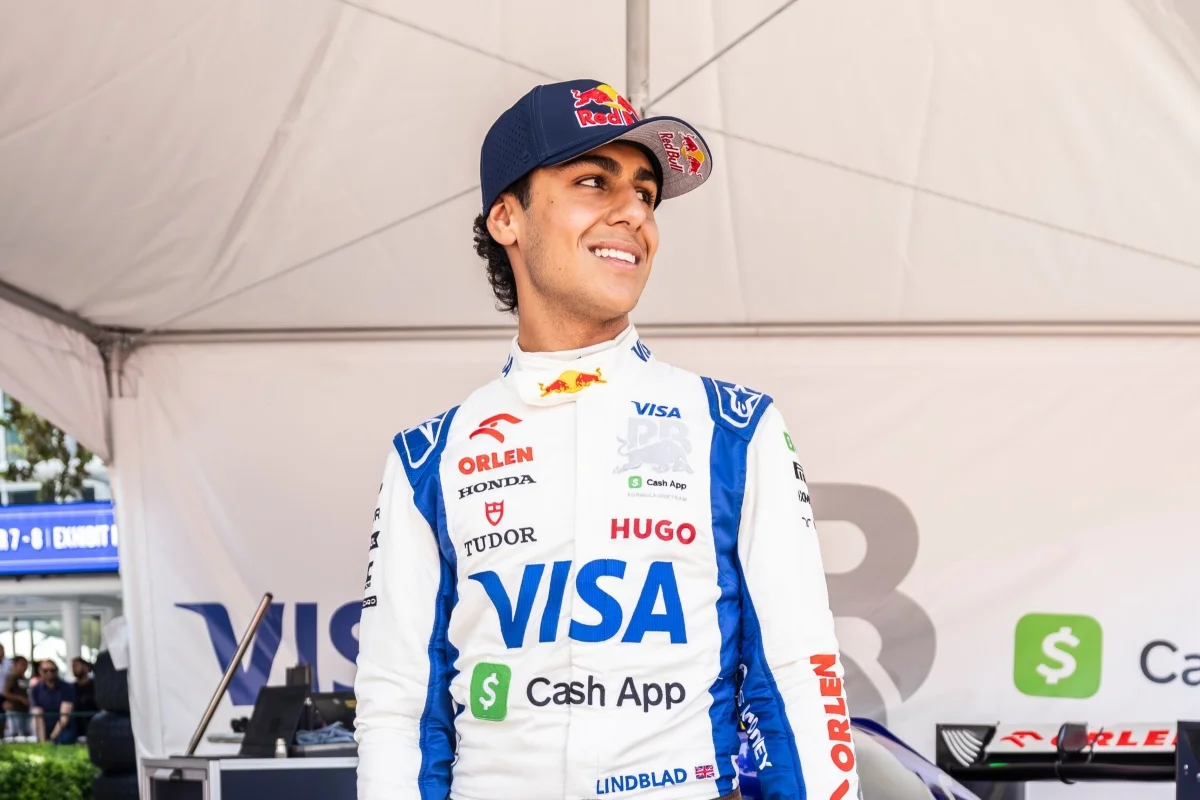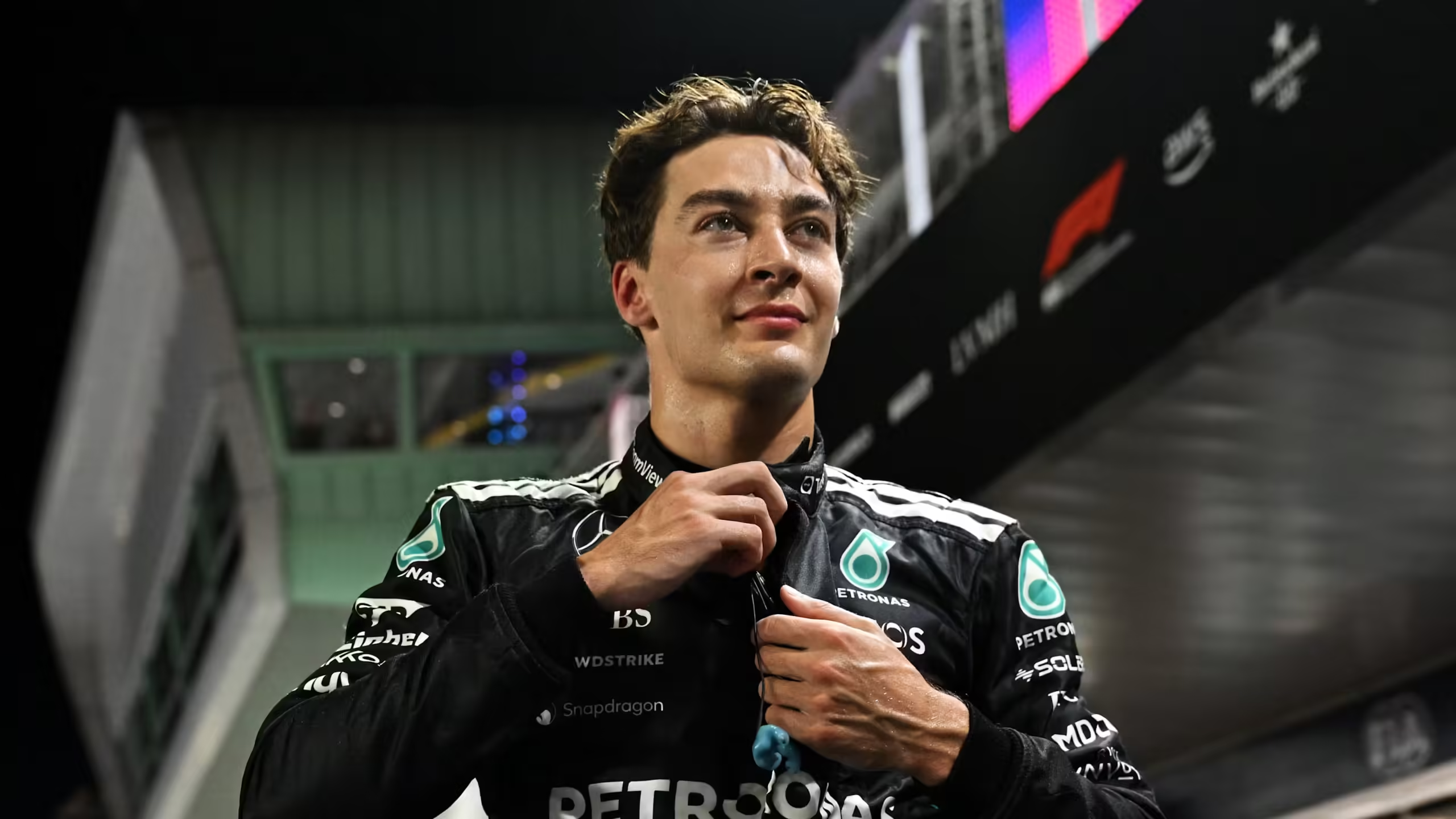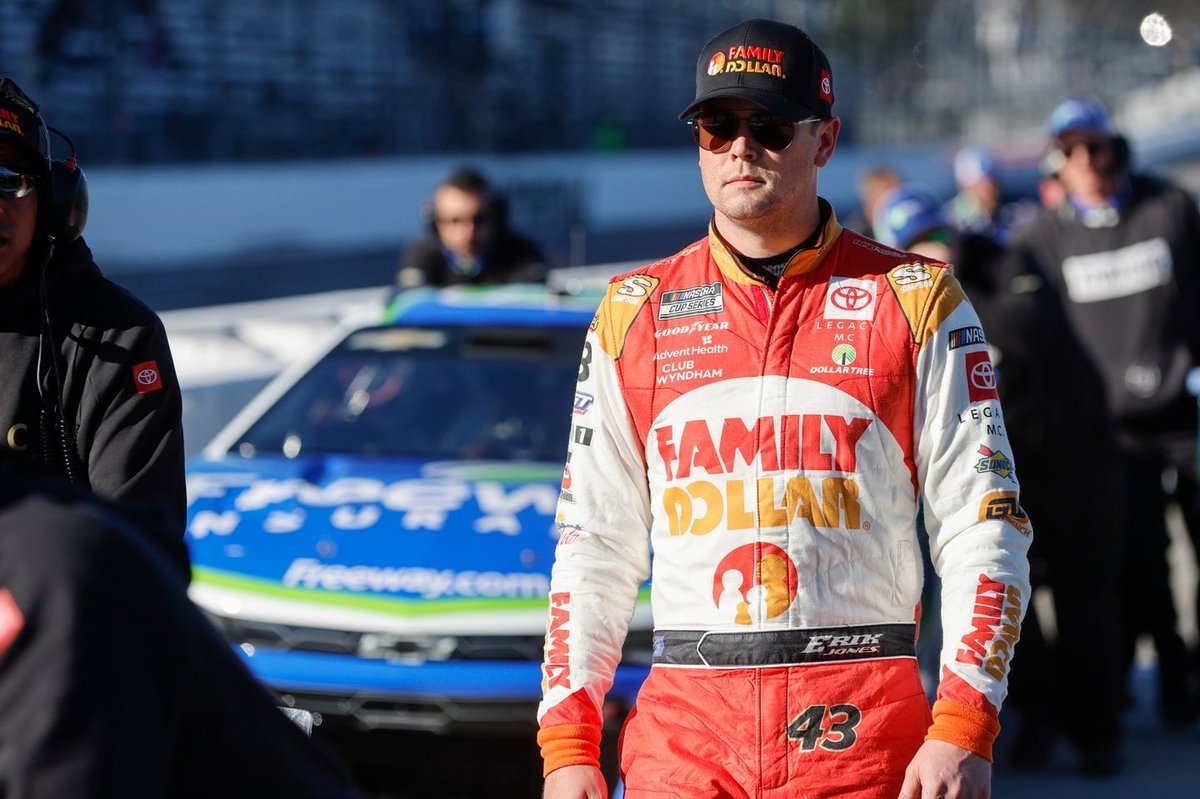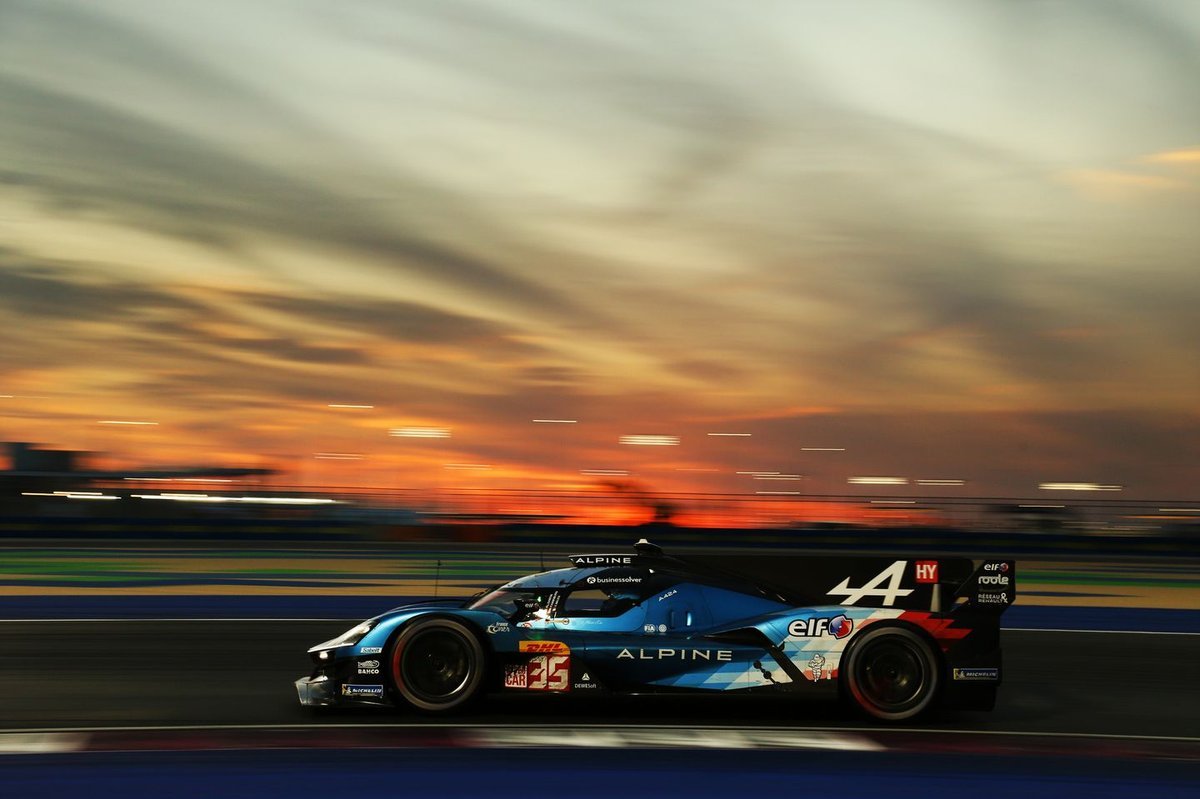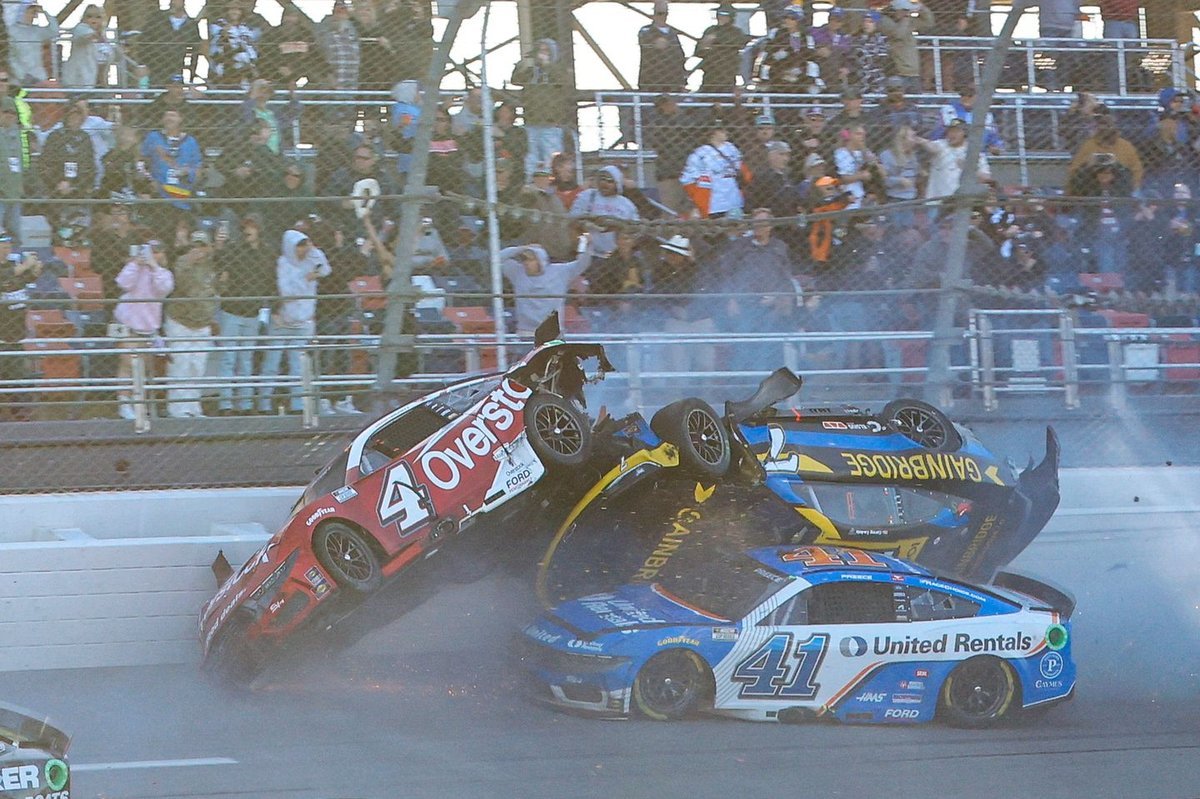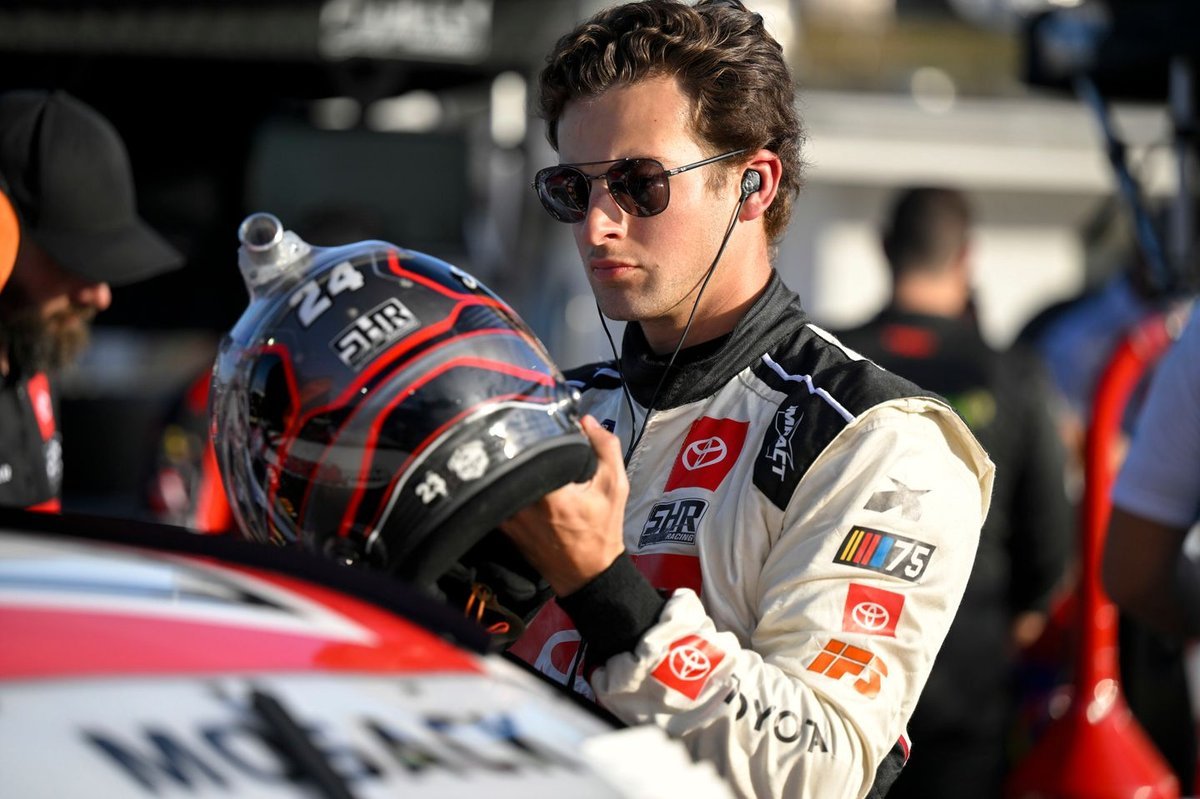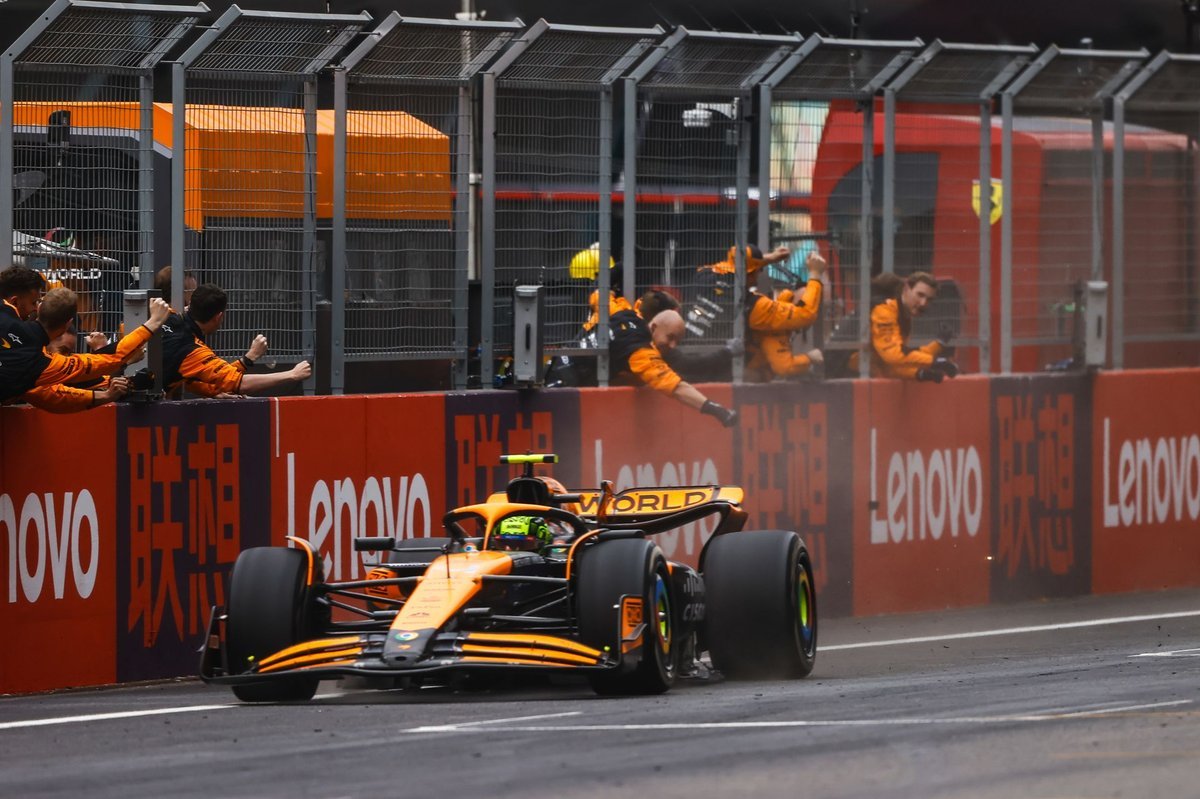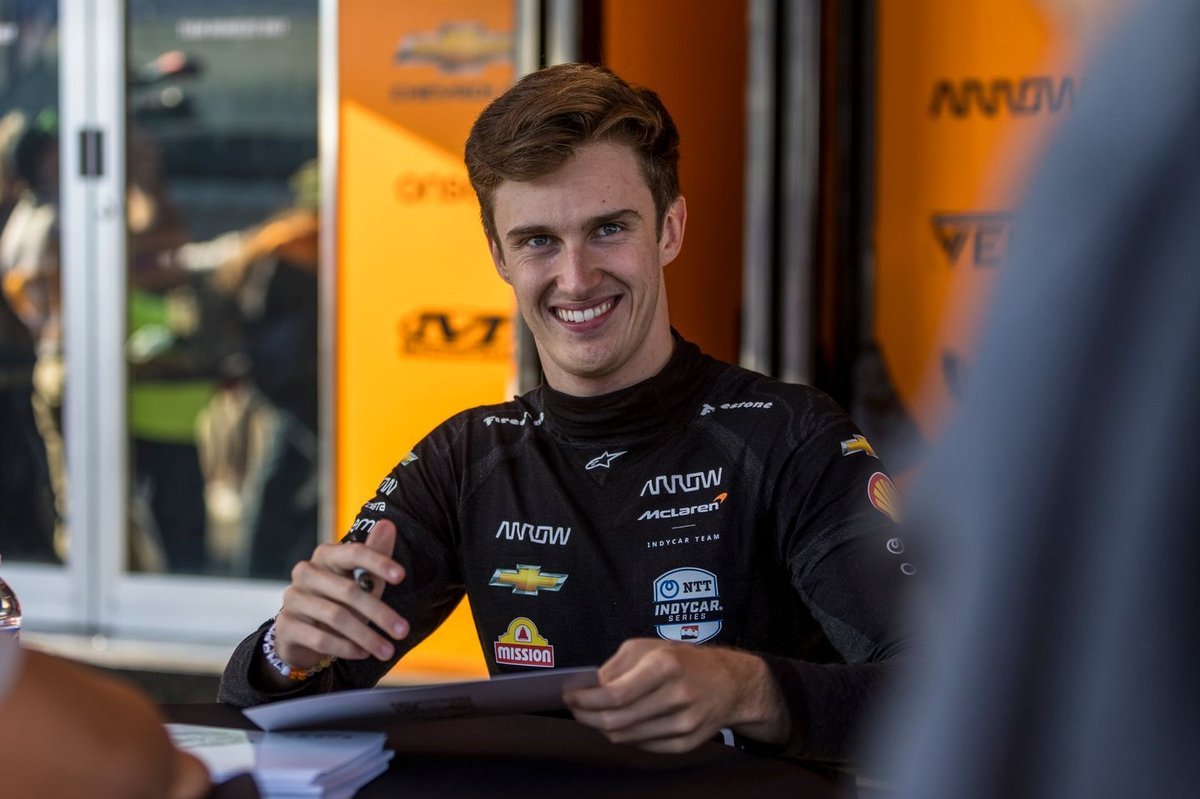
James Vowles reveals how cooling issues have affected Williams’ F1 2025 campaign and why they’re working to ensure it doesn’t hurt performance again.
When your car is built for speed but suffers from heat exhaustion, it’s like being a marathon runner in a sauna—no matter how fit you are, you just can’t perform. That’s the dilemma James Vowles and the Williams F1 team are facing in the 2025 season. In a sport where milliseconds matter, Williams has been fighting more than just rival teams—they’ve been battling their own car’s temperature gauge.
In a recent statement, Team Principal James Vowles openly discussed how cooling issues have been plaguing their car, particularly pointing to a heartbreaking retirement in Austria when they were performing exceptionally well. Though the team has implemented temporary fixes, it comes at the cost of raw performance—something no F1 team can afford to sacrifice.
1. Introduction to Williams’ 2025 Challenges
Every F1 season comes with its own set of hurdles, but for Williams in 2025, the hurdle is internal—quite literally. While other teams are pushing for faster lap times and cleaner pit stops, Williams has been fighting to keep its car cool under pressure. The frustration is real, and so is the team’s determination to turn things around.
2. What James Vowles Said – A Transparent Revelation
James Vowles didn’t mince words when he said, “We’ve obviously been hindered by this cooling issue that’s been there for a few races this year.” He pointed directly to Austria, where a promising performance ended in a disappointing DNF (Did Not Finish). The honesty in his tone signals a team that isn’t in denial but rather in repair mode.
3. Understanding the Cooling Issue in F1 Cars
In simple terms, F1 cars get hot—very hot. Engines, brakes, and even battery systems produce extreme temperatures. If the cooling system isn’t up to the mark, it’s like trying to run a gaming PC without a fan—sooner or later, it crashes. For Williams, the inability to manage this heat has been a silent performance killer.
4. Austria: The Race That Revealed It All
Austria was supposed to be a strong weekend for Williams. The car showed pace, the drivers were comfortable, and strategy was on point. But then came the heat—literally. As the temperatures rose, so did the stress on the cooling systems, eventually leading to a retirement that robbed the team of potential points and momentum.
5. Temporary Fixes: A Trade-Off Between Reliability and Speed
Williams has introduced stopgap measures to get the car to the finish line. However, Vowles admits these solutions “come at the cost of performance.” Imagine running a race in a fireproof jacket—it’ll keep you safe, but it’ll also slow you down. That’s the current compromise Williams is facing.
6. Why This Matters: The F1 Development Race
Formula 1 isn’t just a racing series—it’s a relentless arms race of engineering. Teams evolve their cars constantly, and any hold-up, like a cooling issue, can throw off the entire development curve. While rivals improve lap times, Williams has had to divert resources to patch up problems, setting back their performance roadmap.
7. Performance vs Protection: Walking a Tightrope
There’s a thin line between running a car at full potential and risking a meltdown. Push too hard, and the car overheats. Play it safe, and you lose competitive edge. Williams is dancing on that tightrope every race weekend, trying to balance performance with protection.
8. The Bigger Picture: How Heat Hurts Aerodynamics
Cooling solutions often involve opening up vents or adjusting the bodywork. While this helps airflow inside the car, it disrupts external aerodynamics, which are crucial for downforce and speed. It’s a double-edged sword—cool the car and lose time, or push harder and risk a DNF.
9. Belgium Upgrades: Can They Provide a Lifeline?
There’s a glimmer of hope. Williams is bringing a small upgrade package to the Belgian Grand Prix. While it may not be a game-changer, even a small bump in performance—or better heat resistance—can make a massive difference. In F1, sometimes it’s the tiny tweaks that win you battles.
10. Behind the Scenes: The Engineers’ Race Against Time
While the drivers get the spotlight, engineers are the unsung heroes in this cooling crisis. Working day and night, they’re tasked with creating long-term solutions that don’t compromise speed. According to Vowles, the team is “working diligently on that as we speak.” It’s a war waged in wind tunnels and data centers.
11. Learning from the Past: 2023 and 2024 Lessons
This isn’t the first time Williams has faced adversity. In previous seasons, they tackled aerodynamic inefficiencies and tire wear issues. Each challenge taught them resilience, and this time, it’s about using those lessons to engineer smarter cooling paths without repeating old mistakes.
12. How Other Teams Have Tackled Similar Issues
Teams like Mercedes and Aston Martin have dealt with heat-related problems in the past. They often resorted to track-specific solutions—like changing engine modes or adjusting fuel mixtures. Williams can draw inspiration from how others adapted without compromising their long-term goals.
13. The Fan Perspective: Frustration Meets Hope
For fans, watching a car retire from a strong position is gut-wrenching. But there’s also admiration for a team that refuses to hide its flaws. Vowles’ openness has struck a chord with many, and the upcoming Belgian race could be a turning point not just for the team, but for fans’ faith.
14. What Lies Ahead for Williams in 2025
Cooling may be today’s problem, but tomorrow’s solution could spark a mid-season revival. With more upgrades in the pipeline and a team committed to innovation, Williams is not out of the fight. If they can keep the car cool and the spirits high, a comeback isn’t just possible—it’s probable.
15. Conclusion: Patience, Performance, and Progress
The story of Williams in 2025 is far from over. While the cooling issues have put the brakes on progress, they haven’t stopped the engine of ambition. With leadership like James Vowles, a committed team of engineers, and the fire of determination (ironically, the one kind of heat they can use), Williams is gearing up for a bounce-back. It’s just a matter of when—not if.
❓ Frequently Asked Questions (FAQs)
1. What did James Vowles say about the cooling issue in 2025?
He admitted the team has been “hindered” by cooling issues this season, especially during the Austria race where the car retired from a strong position.
2. How are the cooling issues affecting Williams’ performance?
To prevent overheating, the team has implemented compromises that reduce the car’s performance in races.
3. What kind of upgrades is Williams bringing to Belgium?
Williams is introducing a small upgrade package aimed at slightly boosting performance and potentially aiding in cooling efficiency.
4. Can these cooling problems be fixed mid-season?
While full solutions may take time, incremental updates and engineering adjustments can reduce the impact and help stabilize performance.
5. Is there hope for Williams to recover in the 2025 season?
Absolutely. With a committed team, strong leadership, and upgrades on the way, Williams could still climb up the grid before the season ends.

